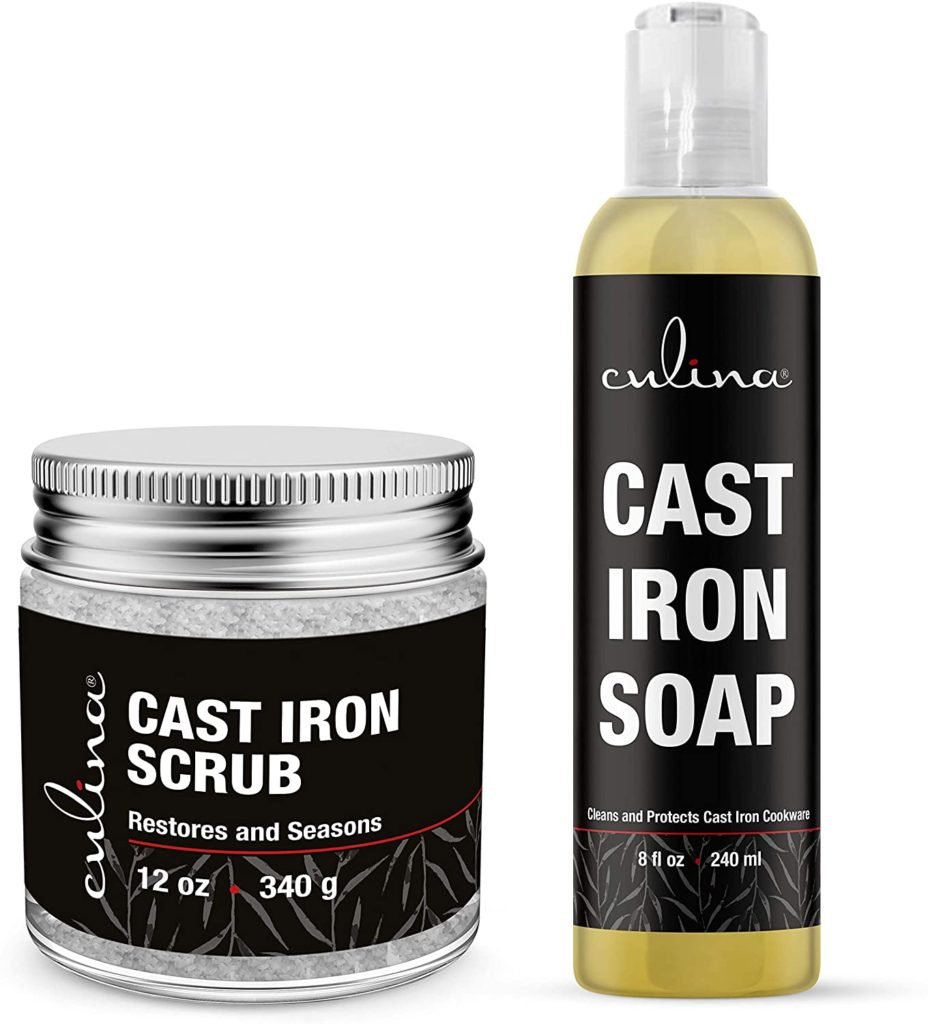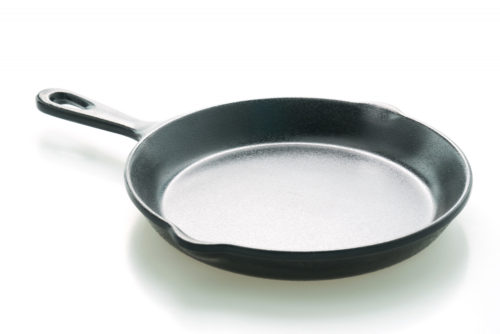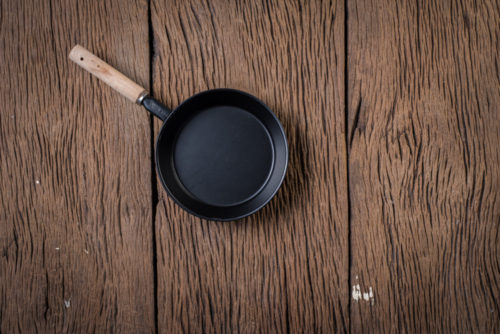Every kitchen owner knows the importance of keeping at least one Cast Iron Skillet in their kitchen. And there are many reasons for this. These specially designed frying pans are versatile, durable, and easy to clean, making them a perfect kitchen partner. From baking cakes and bread to steaming vegetables and frying meat, it does it all for you.
You can buy a good quality cast iron skillet for under $ 15 to 20$ from any local kitchen shop. These iron skillets are pocket-friendly and provide the best cooking experience. Another amazing aspect is the heating capability that makes it the best.
It provides a quick heating system and stays hot, which is best for grilling and frying meats. But it is equally important to take care of a cast-iron skillet because it is prone to get rusty on exposure to oxygen and water. You cannot just put your skillet in the dishwasher and forget about it.
Cast iron skillet cleaning includes so many do’s and don’ts, but one basic rule is to clean it after every use. The right care can give you lifetime service because it is simply the most versatile, has a nonstick surface, is tough as nails, and is non-breakable.
Why Cleaning A Cast Iron Skillet Immediately Is Important?
Cast iron skillet is iron-made cookware that tends to produce rust if it is exposed to air and water for longer times and rust itself has many health-related risks that are simply unavoidable. Rust can cause many fungal and bacterial infections, damaging your nervous system and other health-related problems.


Cleaning Methods For Cast Iron Skillet
1. Wash your cast iron skillet immediately, right after use, with warm water and a little soap. Use a scraper if you need to scrape off the stubborn stuck food remains. Soaking a pan for hours is a bad idea as it can increase the probability of rusting. But for stubborn food residues, you can just simmer it in water for about 3 to 5 minutes.
2. Drying: Drying is the most important cleaning part because no water should be left on the pan to avoid rusting. After washing, pat dries it with a lint-free cloth or paper towel.
3. Oiling: Spray a small amount of vegetable or seasoning oil on the pan’s surface and gently rub it with a paper towel onto the pan’s surface.
Cleaning Ways To Restore A Rusty Cast Iron Skillet:
In the case of rusting, the cleaning and restoration are slightly different from the usual cleaning method.
1. Scrubbing: Clean the pan with a nice scrub with steel wool and soap. Scrub it thoroughly to eliminate any food residues, grease, and rust. Rinse and dry thoroughly.
2. Oiling: Use a small amount of vegetable or any other cooking oil and apply a thin layer all over the pan from inside and outside. Remember, don’t use too much oil; otherwise, your cookware will become sticky. The best oil for seasoning cast iron utensils is flaxseed.
3. Bake: First, place a large baking/ aluminum sheet on the bottom rack of the oven to catch any oil dripping off from the cookware. Then place the pan upside-down on the top rack and bake it for one hour at 450 to 500° F or repeat if needed.
There is nothing to worry about if your cast iron pan gets rusted, say the experts, because it is easily maintained and cleaned using high-quality cleaning tools. The Culina cleaning tools are designed to make it effortless for you to clean the cast iron pans and pots.

1. Culina Scrub: The most effective product for restoring the look and getting rid of rust is the Culina cast iron scrub. It gives your pan the lustrous shine after cleaning it thoroughly by scrubbing off all the stuck food and rust without being scratched. One of the most extraordinary features of the Culina cast iron scrub is that it contains coconut and other essential oils that help mask the unpleasant odor of food residuals.
2. Culina Cast Iron Scrubber And Brush: The most existing cast iron skillet pan cleaning tool is the cast iron scrubber it is designed to scrape off the crusty rust and food residuals layers by simply rubbing it all over your pan. After scrubbing the residues, the cast iron brush is made to wipe off the crusty material and grease without any scratches and give it a finished look.
3. Culina Cast Iron Soap: Cast iron cleaning requires soap that has exceptional qualities to clean and revive your rusty and uncleaned pans. One teaspoon of Culina cast iron soap is enough to wash off all the grease with warm water. It is designed to maintain the nonstick nature of the cooking utensil and mask the unpleasant odor.
4. Culina Cast Iron Conditioner: After cleansing the cast iron utensils with a cleanser, apply a thin layer of Culina cast iron conditioner to maintain a seamless finish look for maximum protection and to avoid bad smells. It is essential to use cast iron oil for surface protection after every use.
5. Culina Cast Iron Seasoning Stick: It is very simple and handy to use. Just one swipe makes a big difference in making your foods taste better and your cooking utensils smoother and cleaner.
Cast iron skillets are the best cooking partners for you because of their versatile nature, durability, easy cleaning, and affordable cost. If proper maintenance and care are given, cast iron cookware will give you a lifetime service because it is not easily destructible.

